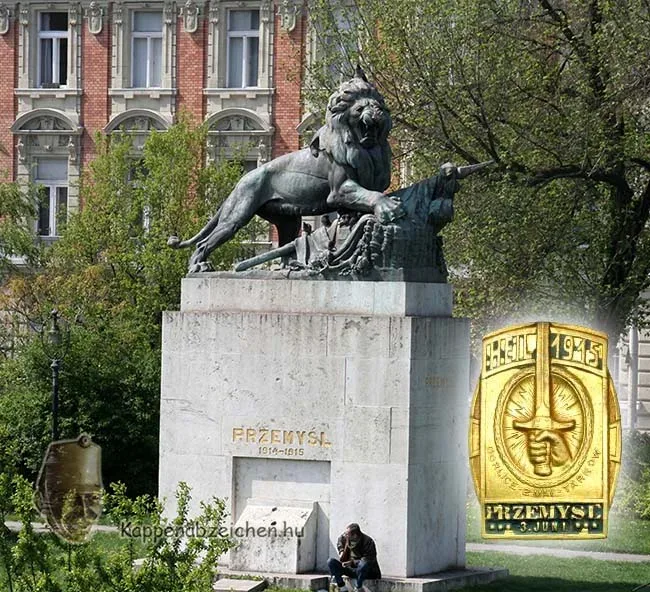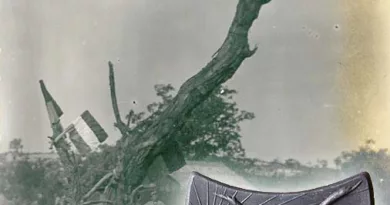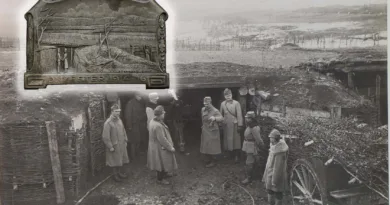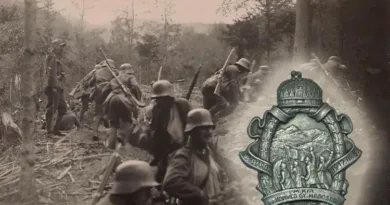Przemysl
My great-grandfather fought with the Russians there, for me this is the most important consequence of the battle. The topic has been interpreted and processed by many people in many different ways. Recently, a fashionable British historian did this, interestingly interpreting the facts. The more usual Austrian and Hungarian reminiscences are different, there the heroic, self-sacrificing struggle dominates. For the fact is that the Monarchy tried to reinforce a breakthrough in the Second Battle of Lemberg by using the fort’s supplies. It was not possible to make up for this until the siege. Thus, mainly due to the lack of food, the defenders had to capitulate after several months of siege.
Yet, the Russians did not particularly besiege the fortresses. An important infantry attack was made only against fortress No. I on the eastern side, which did not achieve a significant result, because the Russian unit that broke into the defense sector was destroyed by the defenders. Bloody losses were caused rather by the attempts of the defenders to break out. These have taken place on several occasions, coordinated with the offensives launched in the Carpathians. These too remained fruitless and caused heavy losses above all to the troops that participated in the outbreak. The raids were carried out by the fortress’s strongest mobile division, the 23rd Honvéd Infantry Division, whose staff had been critically reduced by March due to the lack of replacements.

The last attempt to break through took place on March 17, but as my great-grandfather’s diary stated, the Russians knew exactly the operational plans and were prepared to wait for the Honvéds advancing in the darkness before dawn. The ready searchlights illuminated the attackers, who were thus shot at effectively even from a greater distance. The attack collapsed within hours. The fortress was given up by General Kusmanek on March 22, after the defenders blew up the defense equipment and the gun park. More than 100,000 Austro-Hungarian soldiers were captured, including nine generals.
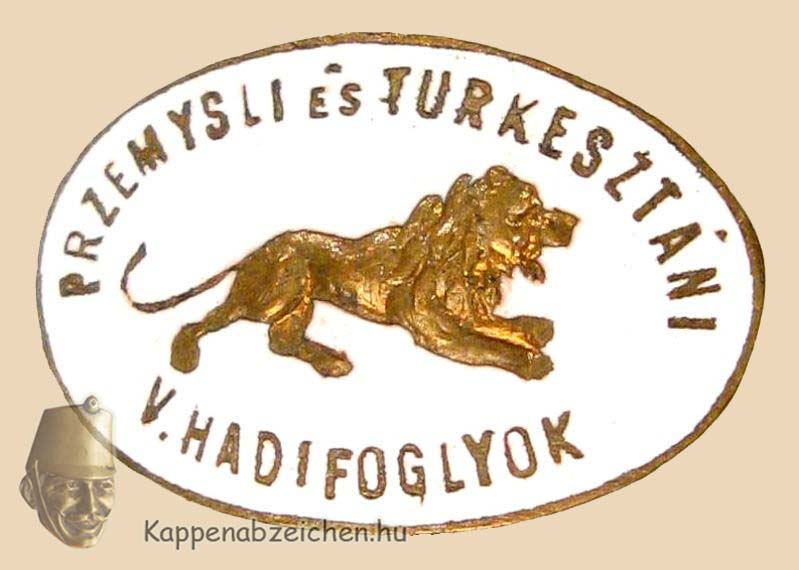
Already during the Great War, development of myths around the Przemysl tragedy began. In 1932, as part of this process, a memorial statue of the battle was erected in Budapest at one of the frequented places on the Danube bank. A veterans’ association of Przemysl and Turkestan prisoners of war was established. I am also attaching a badge of this to the post. My great-grandfather was also taken to Turkestan. In addition to the Kappenabzeichen in the opening picture, I also present the portrait insignia of general Kusmanek.

